 Public Nuisance Petition Processing
Public Nuisance Petition Processing
As pollution in the environment might not be easily detected, public participation and effort are necessary. If the public notices pollution issues in their surroundings, they can report them through the Public Nuisance Petition System.
- Overview
- (1) Appeals filed more than twice within three months are selected for re-inspection by the center to prevent pollution and maintain air quality.
- (2) If violations of environmental protection regulations are discovered during inspections, offenders will be penalized accordingly; the county or city environmental protection bureau will be notified for prosecution, and the offender will be required to make improvements within a specified timeframe. The re-inspection results are logged into the administration's Public Nuisance Pollution Appeal Online System.
- Repeated Appeal Case Processing Procedure
- (1) Are-inspection list is established, and control numbers are assigned.
- (2) On-site inspections are conducted at the implicated facilities, and inspectors, along with operators, conduct on-site audit and complete inspection records, which are signed by the operators for confirmation.
- When the center receives public appeal cases not involving cross-regional issues, they are forwarded to the local environmental authority for investigation. In 2021, 56 re-inspection complaints were processed, with 32 in 2022 and 36 in 2023, totaling 124 cases.
A metal technology company in Fangliao Township, Pingtung County engaging in the production of sodium tungstate on Nov. 16, 2023 reported a slight odor in its oxidation processing area. While air pollution control equipment is installed, the current production raw materials are not categorized as waste, exempting them from requiring a fixed pollution source waste processing procedure's installation and operation permit, as no operational condition is subject to regulations. Additional findings revealed failure to update waste disposal plans, incorrect monthly reporting on raw material usage and waste disposal, and improper recording of wastewater and sludge generation and disposal. These actions violated Articles 31(1)(1) and (2) of the "Waste Disposal Act" and Article 18 of the "Water Pollution Control Act."
On Jan. 8, 2024, the center's Division of Cross-Regional Environmental Law Enforcement joined the Pingtung County Environmental Protection Bureau's inspectors to find that the company treated waste with heat and cold processes and had not applied for a fixed pollution source waste processing procedure's installation and operation permit, violating Articles 24(1) and (2) of the "Air Pollution Control Act." The bureau prosecuted and mandated corrective actions.
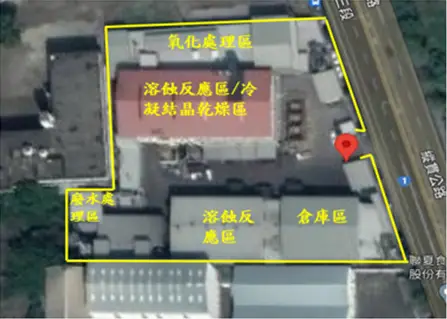
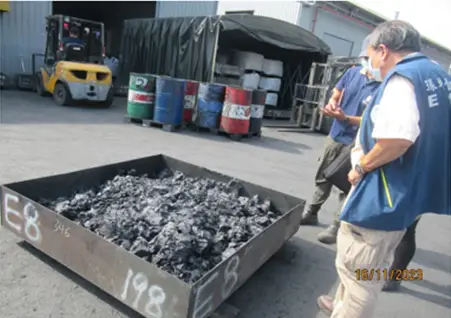
On Aug. 14, 2024, an inspection of a waste plastic recycling facility identified extrusion molding as the primary odor source. Air pollution control devices, including an electrostatic oil fume purifier and UV catalytic purifier were installed.
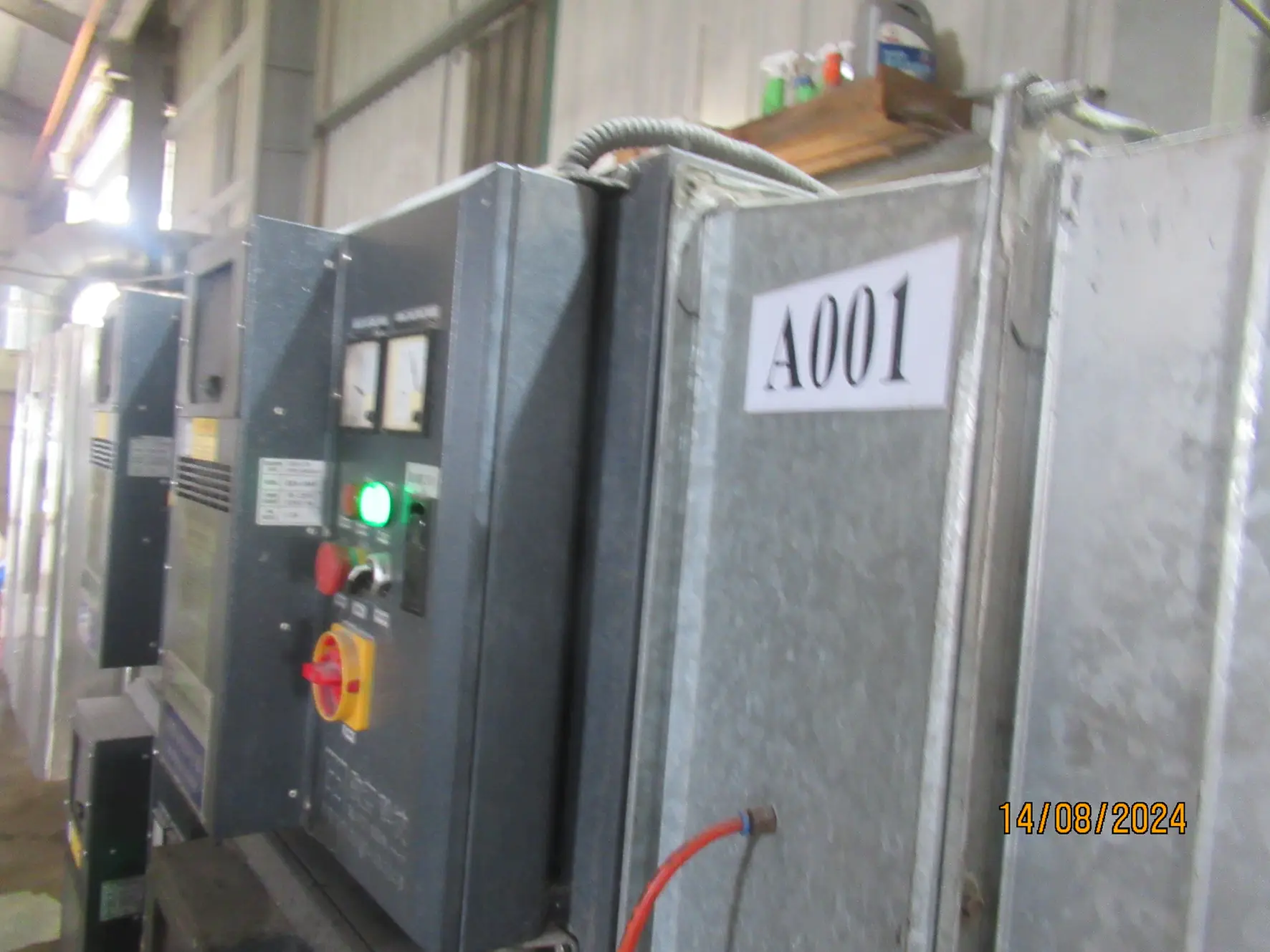
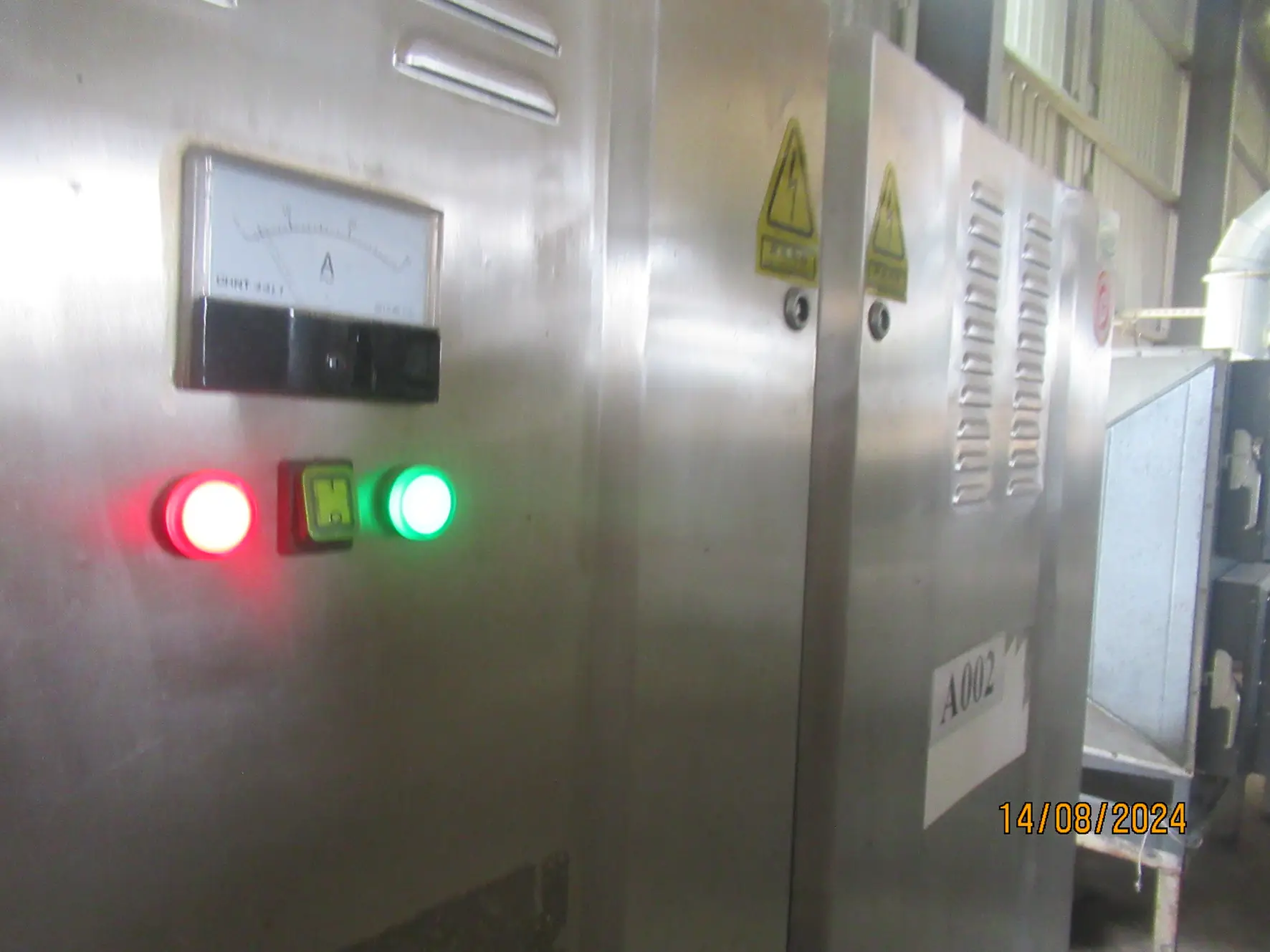
In the on-site extrusion molding process, the electrostatic purifier's pressure gauge read 0 mmH2O, far below the permitted range of 2-100 mmH2O, violating Articles 24(2) and (4) of the "Air Pollution Control Act."

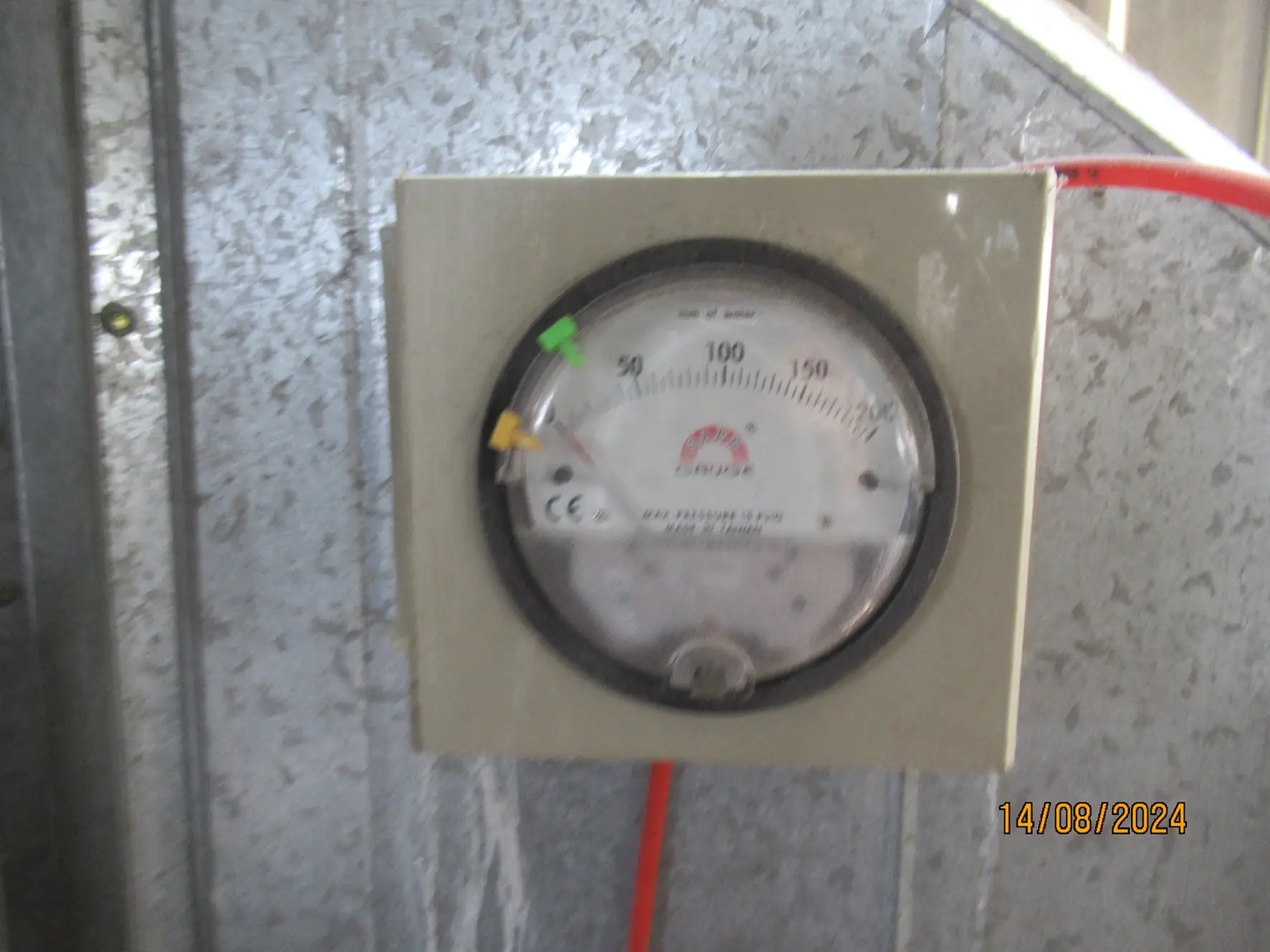
Records of monthly waste disposal show unreported receipts of domestic waste plastic, violating Article 31(1)(2) of the "Waste Disposal Act." The Tainan City Government was requested to prosecute, penalize, and conduct tests to eliminate pollution.
A company engaged in the painting and drying of metal components was found on March 6 and April 9, 2024, to have air pollution control equipment scrubber liquid flow rates and pH values that did not comply with permitted operational limits. The company also produced mixed plastic waste stored outside the factory premises and introduced a new cleaning process for the waste without properly amending the waste disposal plan or correctly reporting monthly raw material usage and waste disposal details. These actions violated Articles 24(2) and (4) of the "Air Pollution Control Act" and Articles 31(1)(1) and (2) of the "Waste Disposal Act."
During two inspections, all five scrubbers were found to have highly turbid washing liquids. The A103 glass flow rate meter could not display the float's position due to excessive turbidity. On-site measurements revealed that the pH value of water stored for recycling reached 8.8, close to the scrubber's maximum permitted pH value of 9, while the pH value of the A103 scrubber liquid exceeded the limit, casting significant doubt on its effectiveness.
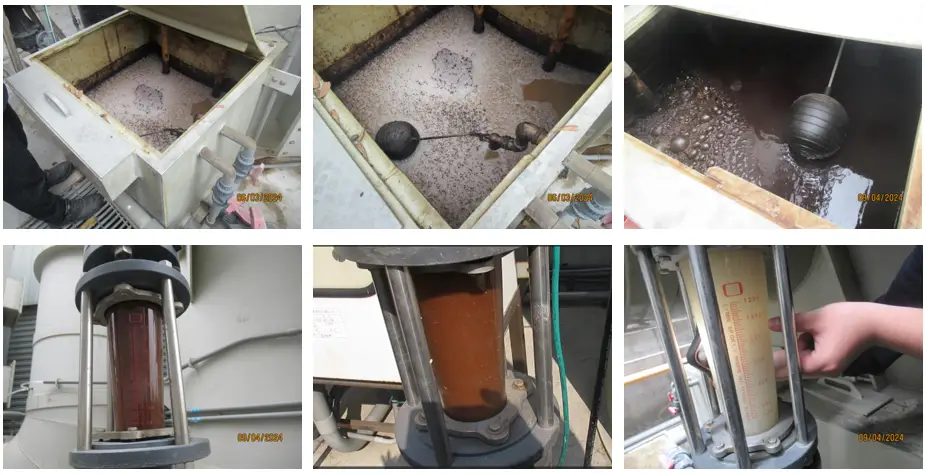
A review of the company's air pollution fee records showed that since the third quarter of 2020, the quarterly usage of VOCs had significantly decreased, with reported air pollution fees at zero. However, the consumption of metal parts and natural gas remained relatively stable. During inspections, company personnel confirmed that the primary VOC material, Climelex, had never been reported in air pollution fee declarations.
The Tainan City Government was requested to prosecute and penalize the company according to the law as well as enforce corrective actions, review the reasonableness of the air pollution control equipment permit specifications, recalculate air pollution fees, and strengthen inspections with timely tests to address public grievances.
Providing diverse public nuisance pollution appeal channels for nationwide environmental pollution cases aims to prevent pollution at its source.
- Data Source: Southern Center of Environmental Management
- Publish Date: 2024-12-11
- Update Date: 2025-12-09

 Related Topics
Related Topics






